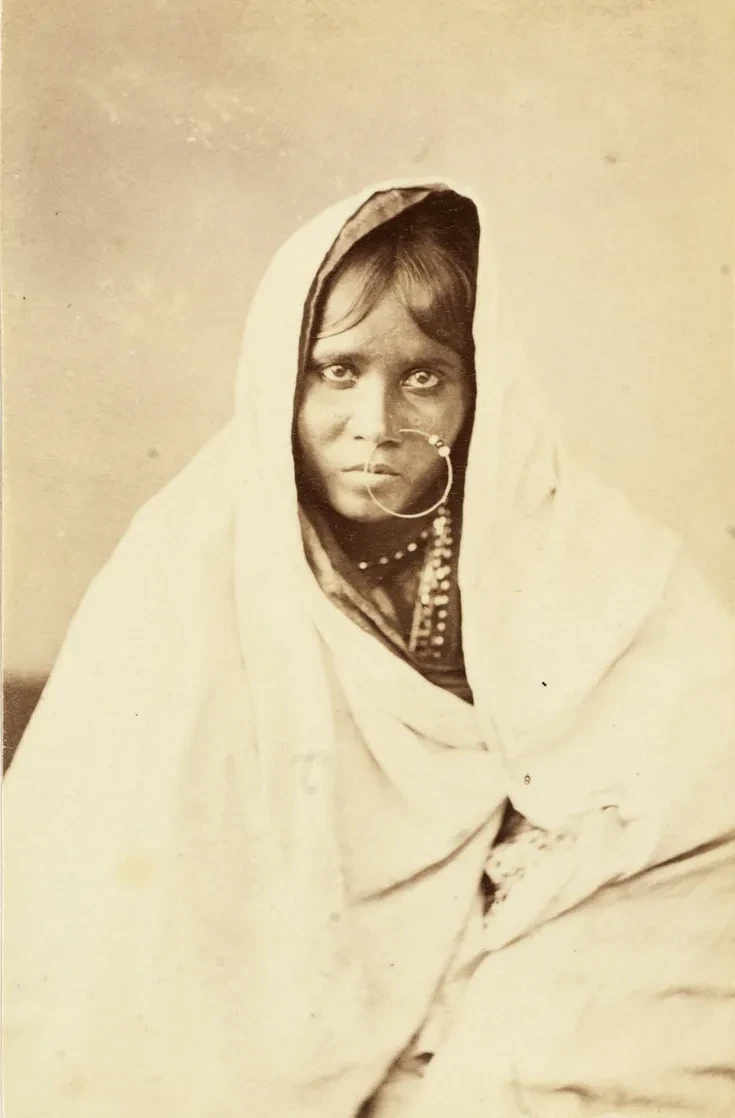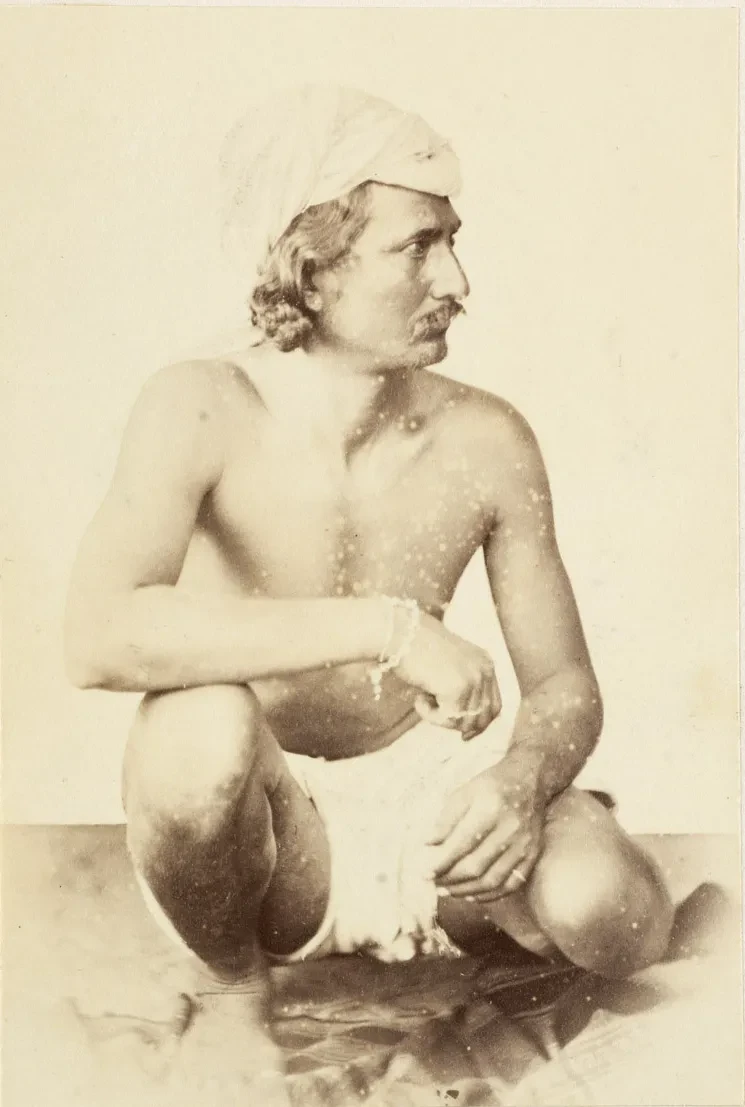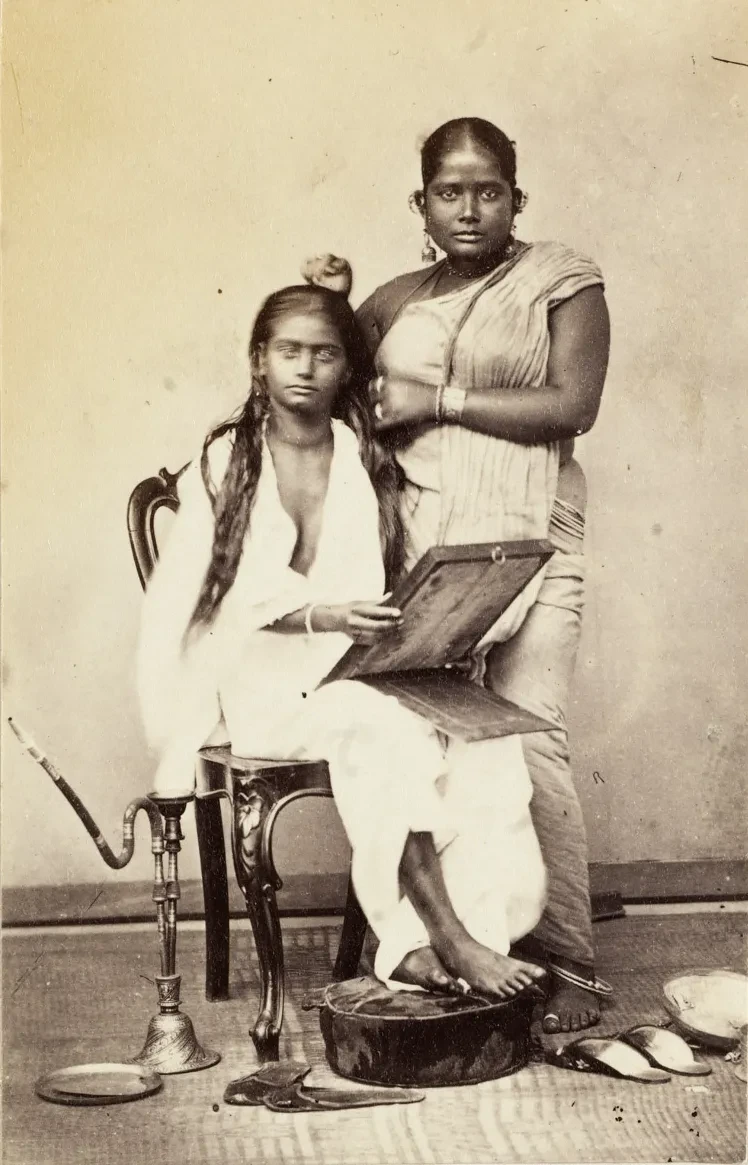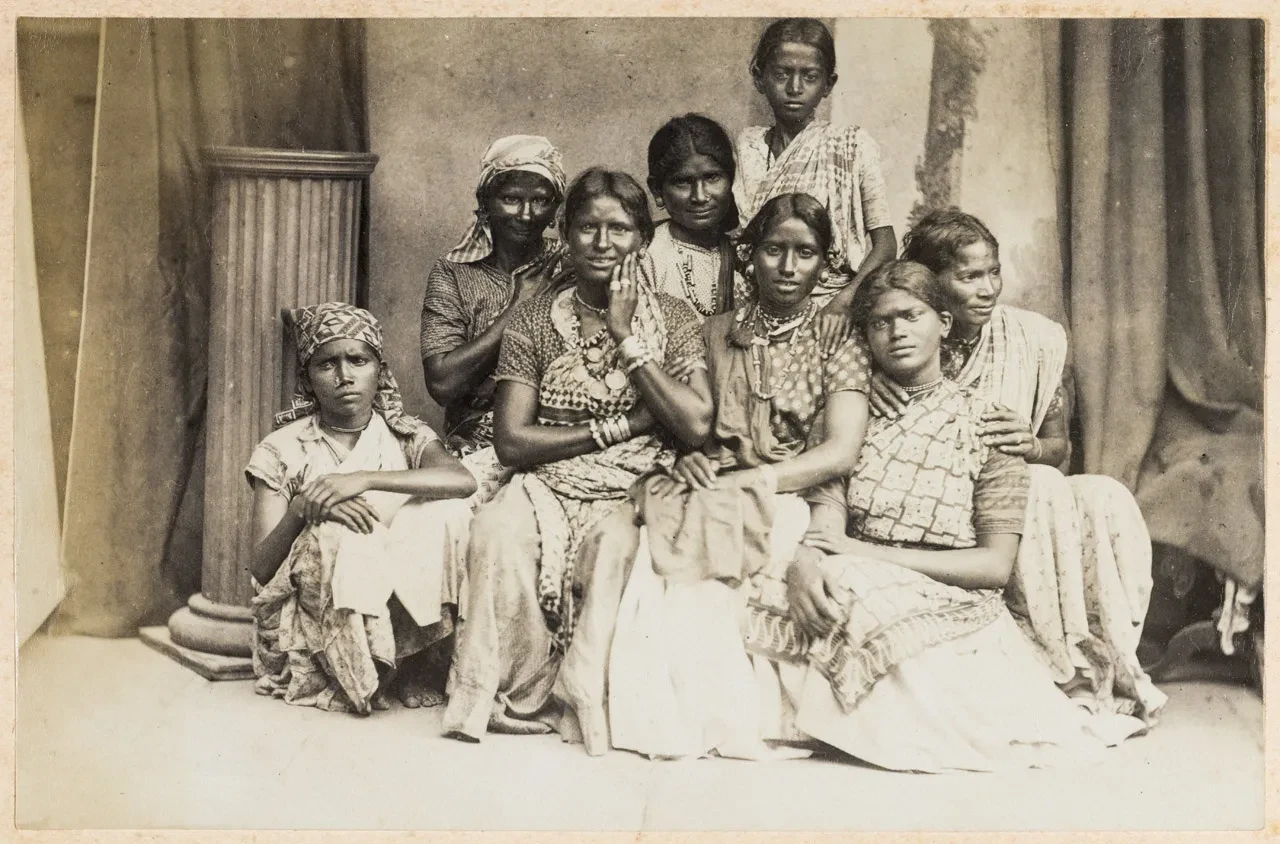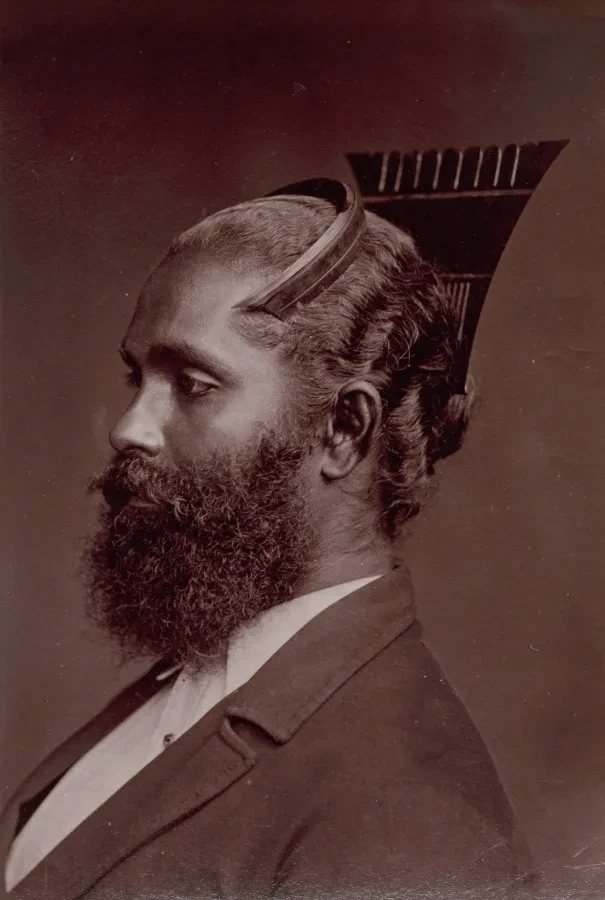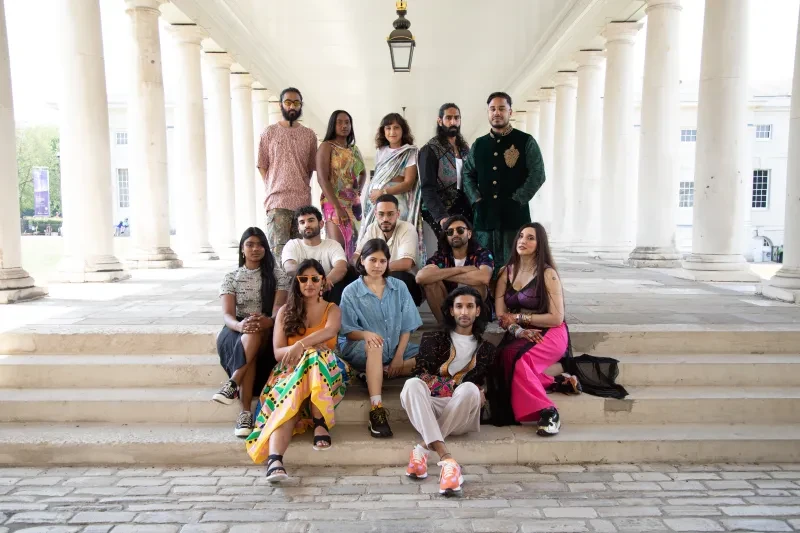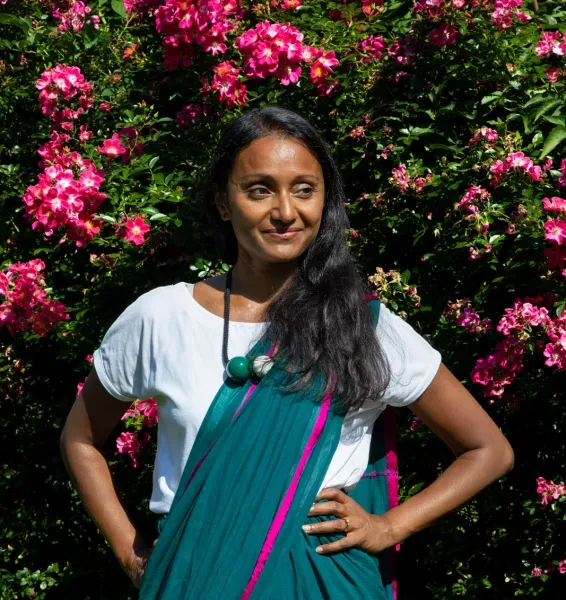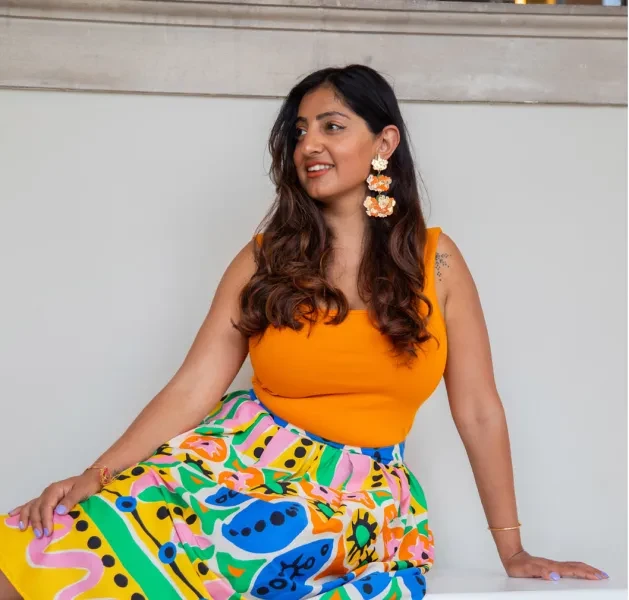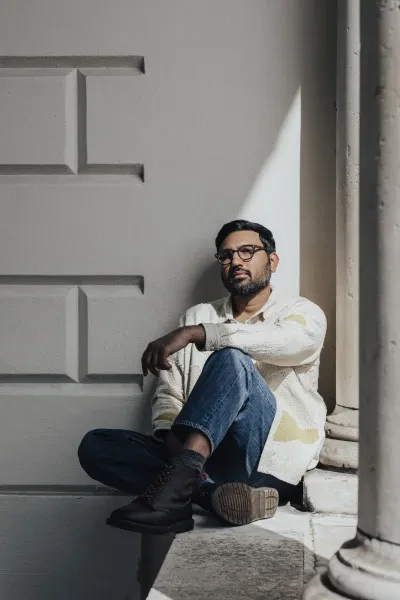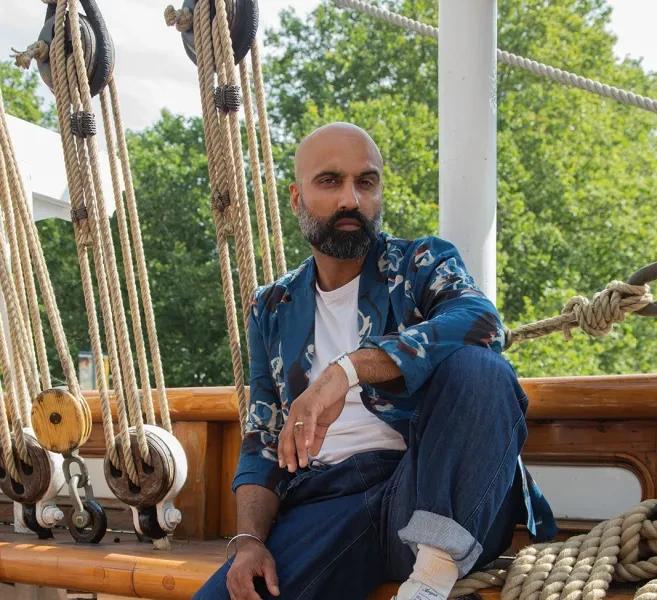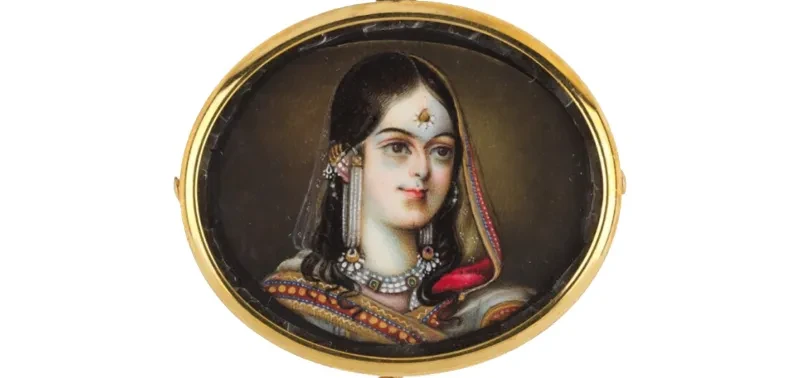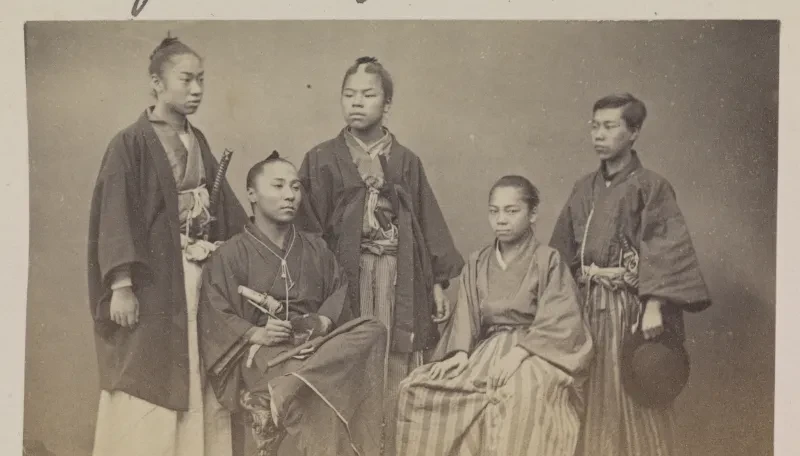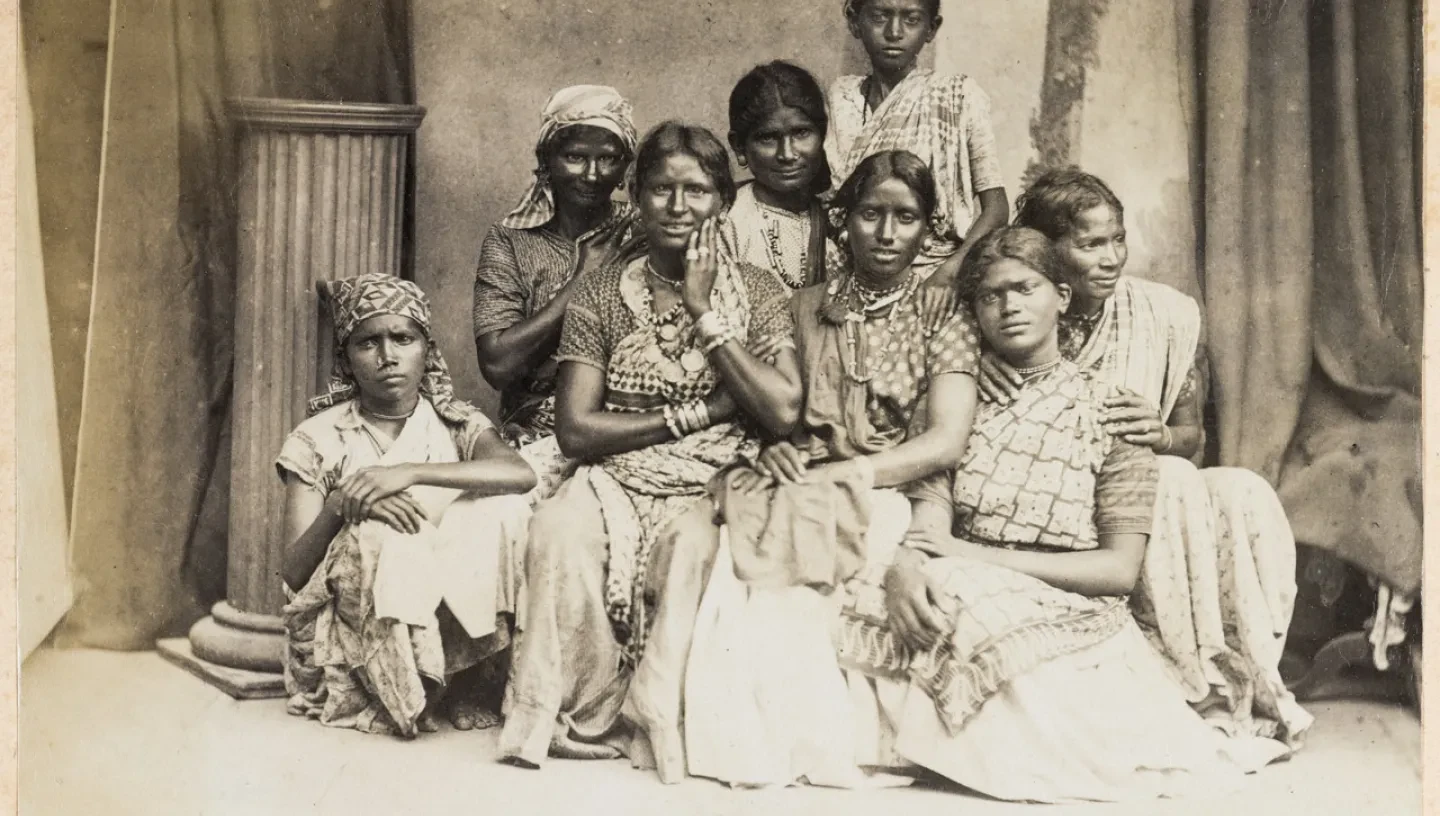
Welcome to Home + Land, a podcast created by Mehala Ford, founder of CommonGround&, in collaboration with Royal Museums Greenwich.
In this podcast series, Mehala and special guests explore objects from the Museum’s collections and examine how they help us connect with our heritage and homelands. These discussions are personal reflections and responses to history, memory and identity.
For over a decade, Mehala has explored contemporary creative culture with a particular focus on India and Sri Lanka, deepening her connection to her Sri Lankan heritage. She has established two platforms – Friday Sari Project and CommonGround& – to highlight fashion, design, art, and contemporary culture from the Indian subcontinent. Through these platforms, she has curated events and programmes for Royal Museums Greenwich.
Much of the material featured in this series was discovered, catalogued, and digitised as part of Unlocking Collections, a volunteer-led project at Royal Museums Greenwich.
Discover more about the episodes and speakers below.
Episode list
Episode One: Indentured: The Hidden Labour Force
With Shalina Patel and Mehala Ford
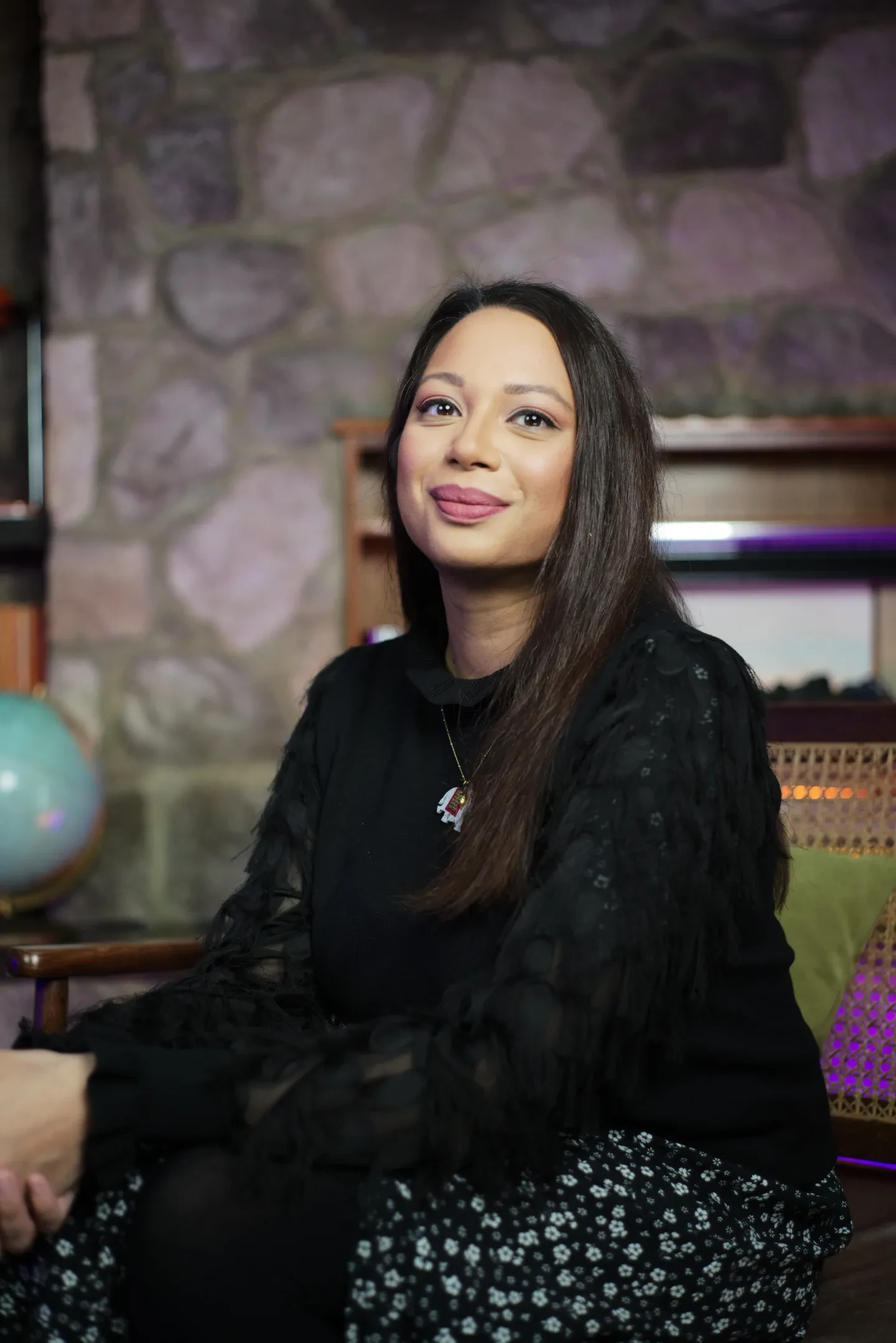
What is a ‘coolie’? After the abolition of slavery in 1833, the British introduced the 'coolie' system, a type of indentured labour that recruited workers from India under exploitative contracts.
In this episode, historian and author Shalina Patel explores the realities of Indian indentured labour through a selection of objects linked by the term ‘coolie.’
Content warning: The term 'coolie' is considered offensive in some contexts.
About the guests
Shalina is an award-winning UK teacher and historian, and author of The History Lessons, which highlights stories traditionally left out of textbooks, particularly those of women and people of colour.
Featured objects
- The 'coolie' ship 'Mersey' in a gale
- Archival photographs of indentured labourers
- Studio portrait of a South Asian woman wearing a nose ring
- Photograph of a South Asian girl washing a younger boy in a bucket
- A bare-chested, crouching South Asian man photographed in a commercial studio
- Studio photograph of two South Asian women with a hookah and other objects
- Three South Asian boys in front of a thatched building
- Photograph album, 1887–1890
Featured images
See a selection of images discussed in Episode One
Episode Two: Flags and Belonging
With Dee Gibson, Zaynab Zubair and Mehala Ford
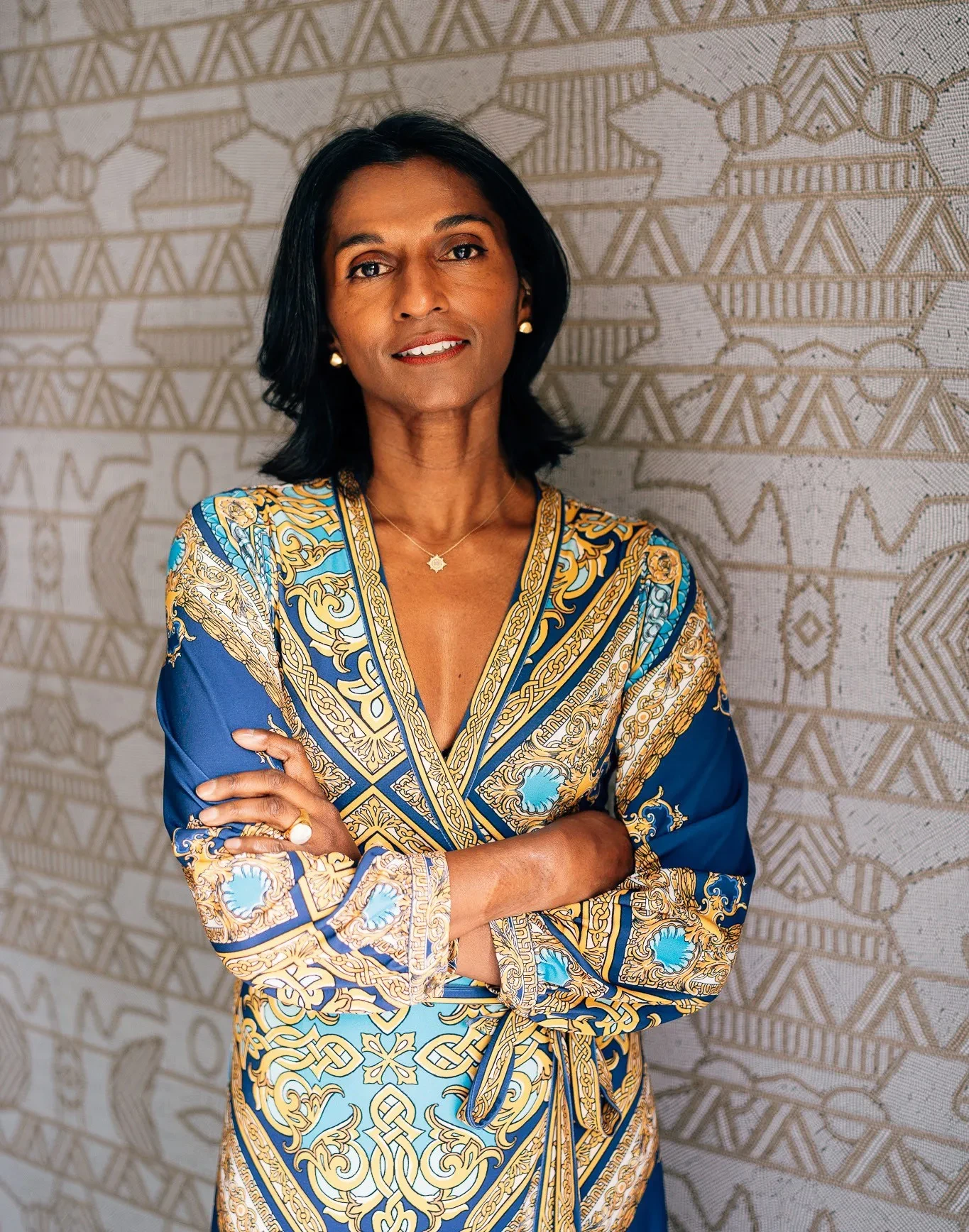
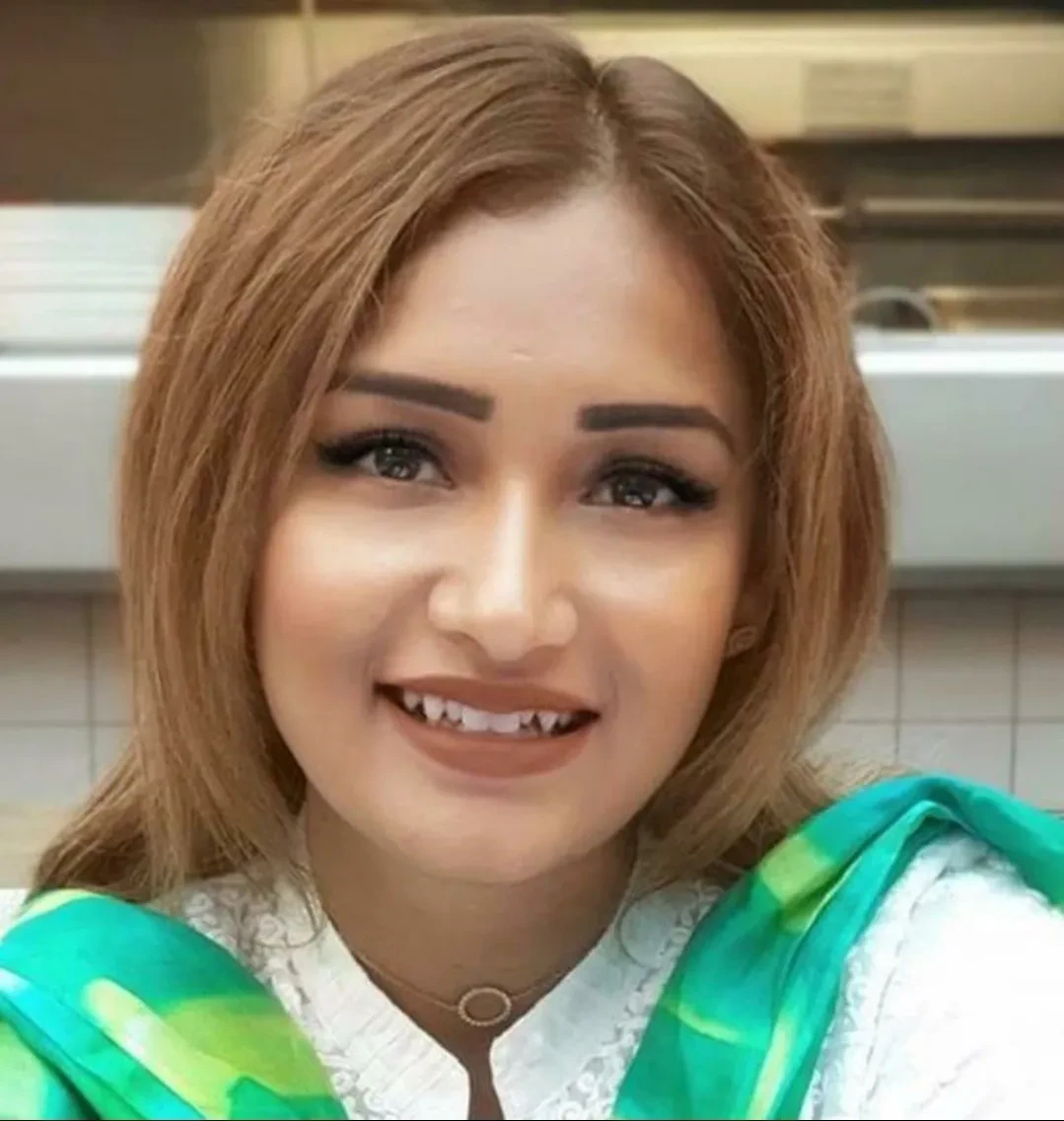
Episode Two: Flags and Belonging
With Dee Gibson, Zaynab Zubair and Mehala Ford
What does a flag mean to a nation? To its people? Mehala, Dee and Zaynab – members of a Sri Lankan women’s creative group based in London and Sri Lanka – visit the Museum archives to view the national flag of Ceylon (1948–1951).
Seeing the flag in person sparks an emotional conversation about identity, homeland and diaspora. They reflect on how flag symbolism evolves over time and how it shapes collective memory.
About the guests
Dee Gibson is an interior designer and founder of HERA Project X, a platform showcasing Sri Lankan creatives. Zaynab Zubair is a British Sri Lankan writer and author of the upcoming book Finding Serendipity.
Featured objects
Episode Three: Seaside Stories – South Asian Summers in Britain
With Taran Wilkhu, Nishant Shukla and Mehala Ford

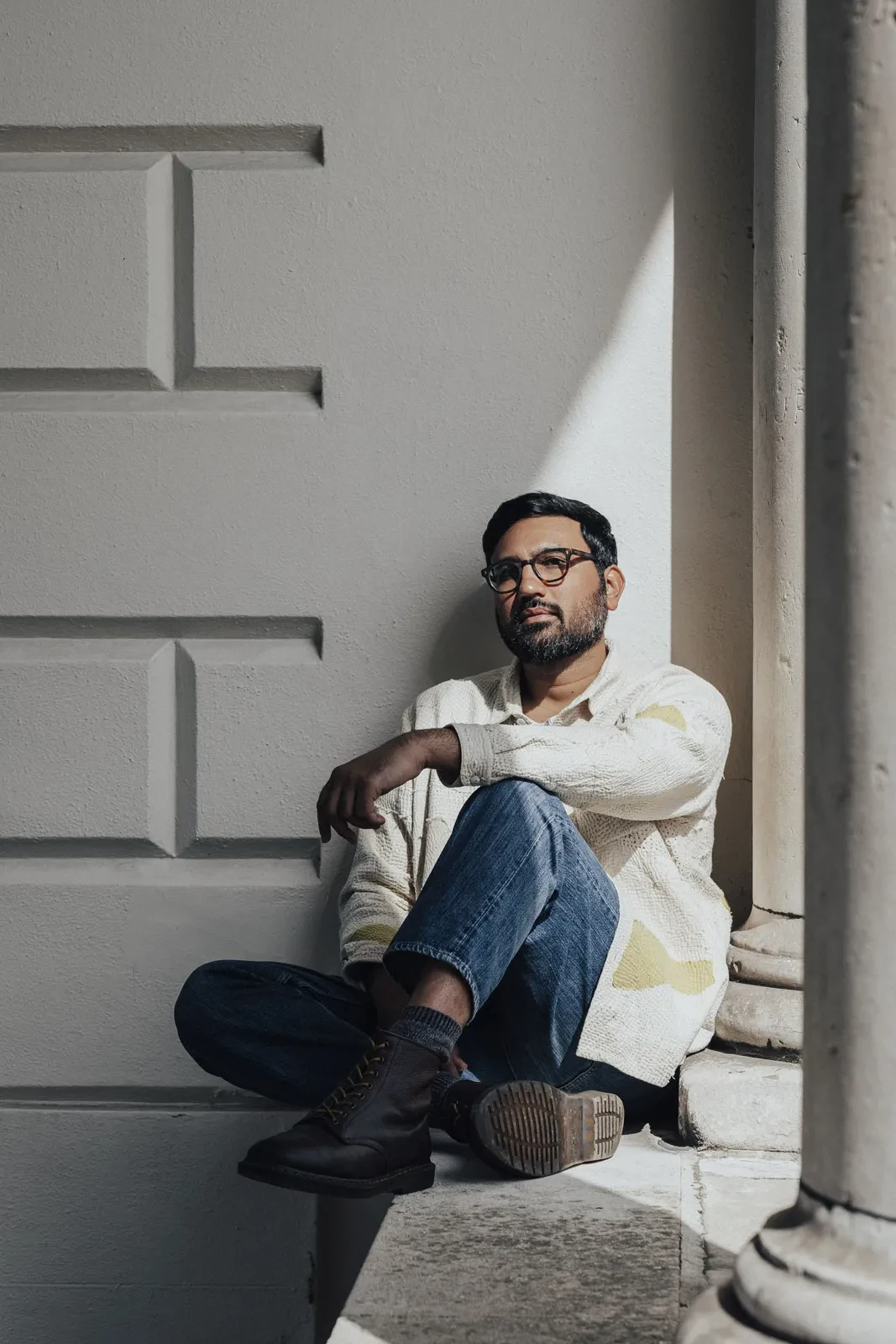
Episode Three: Seaside Stories – South Asian Summers in Britain
With Taran Wilkhu, Nishant Shukla and Mehala Ford
The seaside holds a special place in British culture, but what does it mean for South Asian communities in the UK?
In this episode, Mehala, Taran and Nishant reflect on The Great British Seaside, a series by photographer Martin Parr, commissioned by Royal Museums Greenwich.
They discuss the photographs, which capture South Asian families enjoying classic British seaside traditions, and share their own experiences of seaside trips, storytelling through photography and the nuances of diaspora life.
About the guests
Taran Wilkhu is a London-based lifestyle photographer specialising in interiors, architecture and portrait photography. Nishant Shukla is a photographer working between the UK and India, and the director of Lake Gallery in Deptford.
Featured objects
- The Great British Seaside by Martin Parr, including 'The Last Day of Shravan, Clacton-on-Sea, Essex'
Episode Four: Zeenat Mahal: The Empress and the Exile
With Anisha Parmar and Mehala Ford
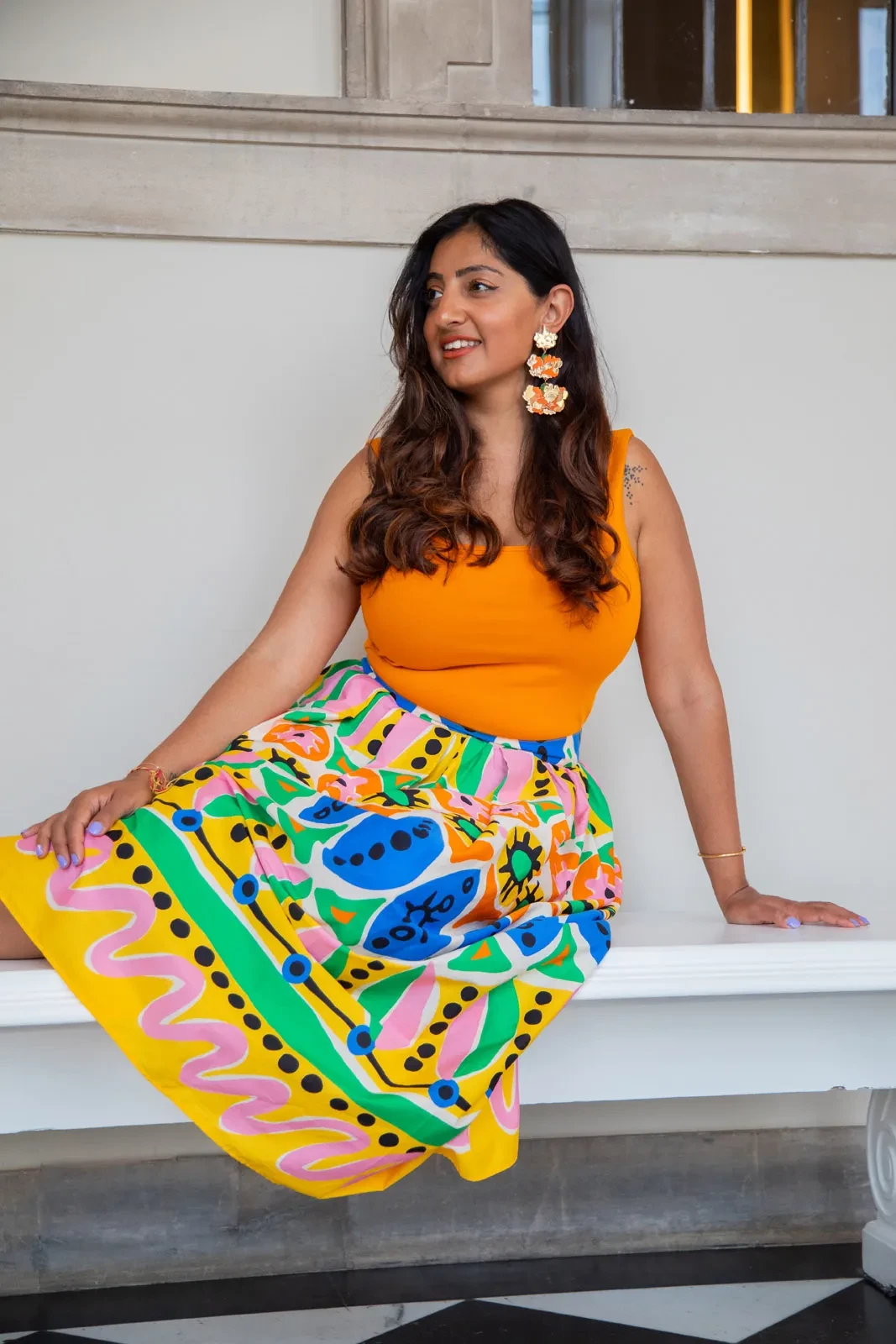
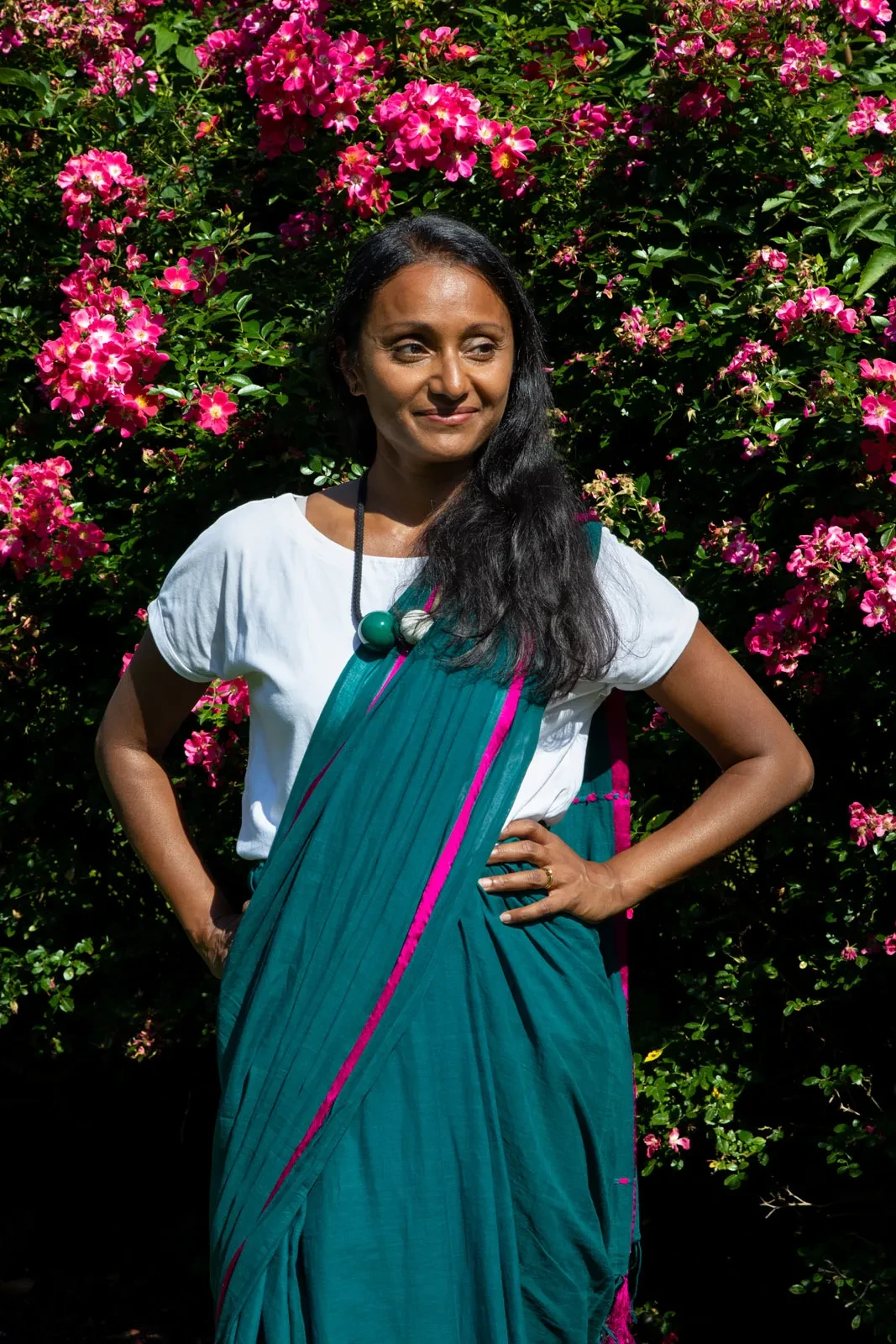
Episode Four: Zeenat Mahal: The Empress and the Exile
With Anisha Parmar and Mehala Ford
Queen Zeenat Mahal, the last Empress of India, was a warrior, freedom fighter and strategist – yet her legacy is often overshadowed by history.
In this episode, Mehala and jewellery designer Anisha Parmar discuss a miniature painting of Zeenat Mahal and explore how her story continues to inspire creative work today.
About the guests
Anisha Parmar is a UK-based jewellery designer and cultural practitioner whose work is deeply rooted in her hybrid heritage and the diaspora experience.
Featured objects
Episode Five: Portraits, Pride and the Past
With Azara Jaleel and Mehala Ford
While in Sri Lanka, Mehala invites Azara Jaleel to examine a portrait photograph titled 'Ceylonese Man'. Although not part of the Museum's collections, the image – featuring a gentleman in a striking turtle-shell headdress – remains shrouded in mystery.
This episode unpacks the significance of formal portraits, the pride of past generations, and the deeper ties between dress, identity and land.

About the guests
Azara Jaleel is the founder and editor-in-chief of ARTRA Magazine, Sri Lanka’s leading modern and contemporary art publication. She has led discussions on Sri Lankan art with international artists, architects and historians.
Featured objects
Episode Six: Mapping Memory – Art, Migration and the Indian Ocean
With Naiza Khan and Mehala Ford
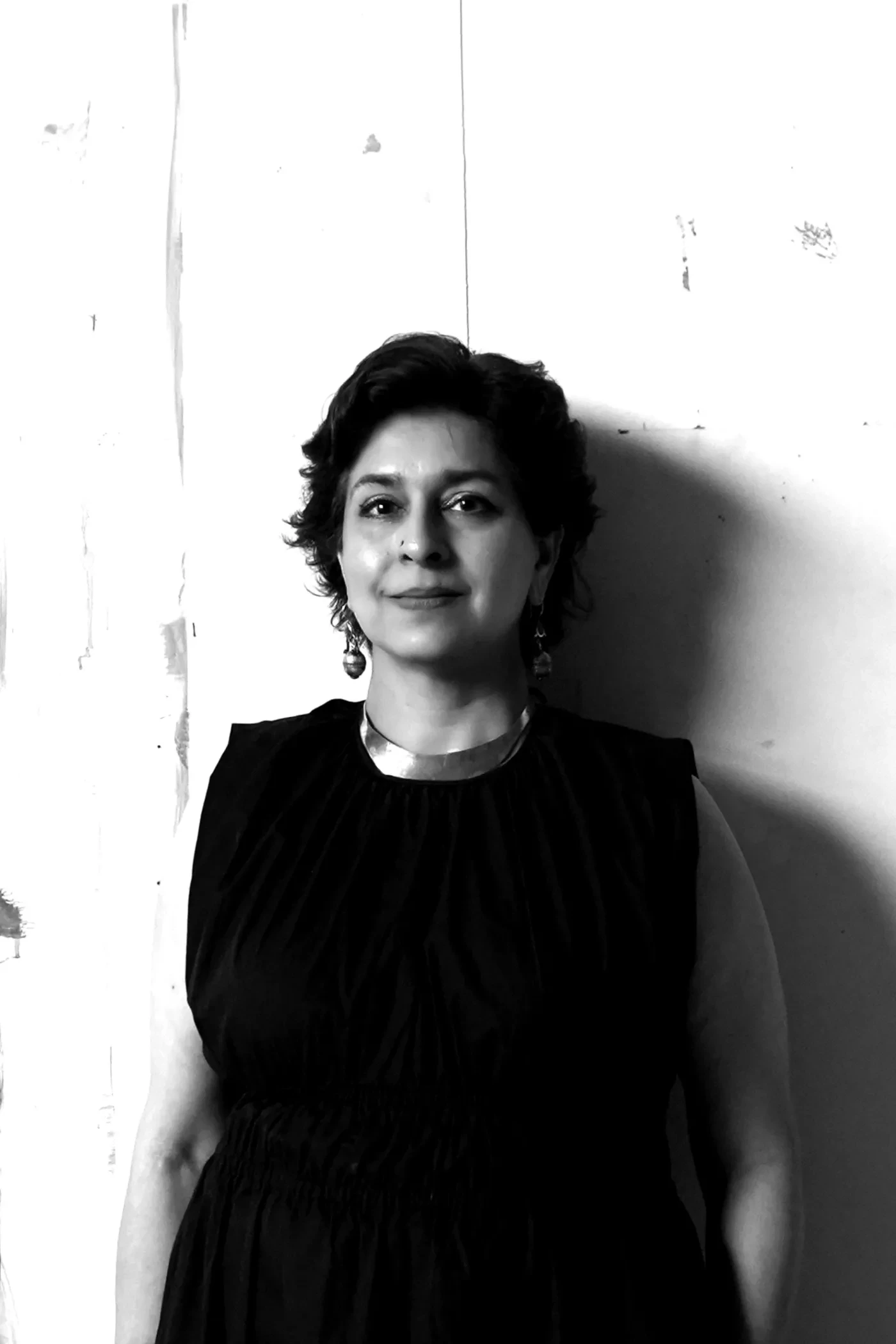

Episode Six: Mapping Memory – Art, Migration and the Indian Ocean
With Naiza Khan and Mehala Ford
What stories do maps and charts hold? Artist Naiza Khan selects four objects from the Museum archives, bringing an artist’s lens to navigational tools and historical documents.
This episode explores migration through an Indian Ocean monthly current chart, the artist’s interpretation of invasion in a chart of the Bombardment of Alexandria (1882), the symbolism of a 1956–57 Suez Canal medal, and the art of etching in a sketch of The Prince of Wales – an East India Company ship lost in a storm in 1804.
About the guests
Naiza Khan is a visual artist working between London and Karachi. Trained at the Ruskin School of Art, University of Oxford, she examines colonial history, geography and collective memory in her multidisciplinary practice.
Featured objects
- Monthly Current Charts – Indian Ocean. From Information Collated & Prepared in the Meteorological Office
- Bombardment d'Alexandria le 11 Juillet 1882. Fait par Mohamed Klousi
- Medal commemorating the Suez Canal Clearance 1956-1957
- Etched by Captain Hastings.... from a sketch made... 1804 during a storm between Madagascar and the Cape of Good Hope in which the ship Prince of Wales (Indiaman).... was totally lost (proof)
Discover more projects at Royal Museums Greenwich
Banner: Image from a photograph album, 1887-1890 (WEM/6)
